Lizard Island Resort, luxury and natural beauty on the Great Barrier Reef
Since opening in 1975, this resort has attained almost mythical status in the minds of reef lovers.
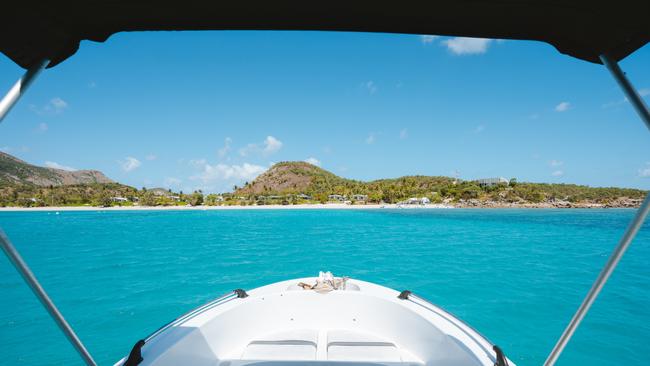
If you’ve ever questioned the veracity of aerial photos of the Great Barrier Reef showing blinding white sandy beaches dotted around Tiffany-blue sea, flying north from Cairns to Lizard Island will set you right. It’s overcast on our one-hour, 240km flight, but when our Cessna 402 thrums free of the clouds, one of the world’s seven natural wonders is laid out gloriously beneath us, ready to go from iPhone to ad campaign in one easy shot.
The view from the plane is just a taster. Once on Lizard Island, it feels like I’m walking through a 3D postcard, with the distinctive calls of bar-shouldered doves and pheasant coucal as the soundtrack. The scenery and its accompaniments are divine, including flutes of champagne on arrival at the resort.
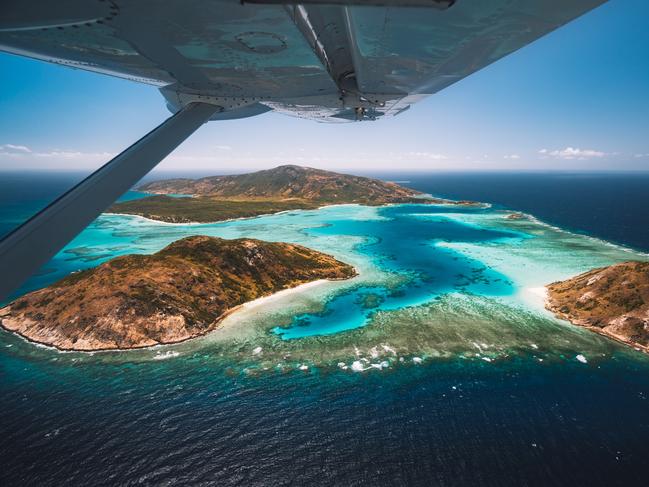
Since opening in 1975, Lizard Island Resort has attained almost mythical status in the minds of reef lovers. Its privacy and luxury attracts high-flyers and celebrities, and its sublime natural beauty draws those who may have to dig a little deeper to check in here.
I have less than 48 hours to lap it up and I’m not going to waste a second. We’re due on the beach in 30 minutes for a twilight cruise, but I can’t bear to head out on the water without first plunging into it. My ocean-view villa, one of 40 accommodation options ranging from garden view rooms to the top-tier Villa, overlooks Sunset Beach, so I do a quick change, grab my goggles and head down.
It’s May but the water is warm and I’m instantly in a wonderland of brightly coloured fish and corals. Aquatic desires temporarily sated, I find the MV Nemo ready to depart with captain George, a sunny sailor who has a husband and two young sons at home in Cairns. From the beach to the bar, all the staff are delightful, which is perhaps no surprise, given where they live and work. Australia’s closed borders have made it challenging to service the resort at normal levels, which means they are all working their hearts out to look after us.
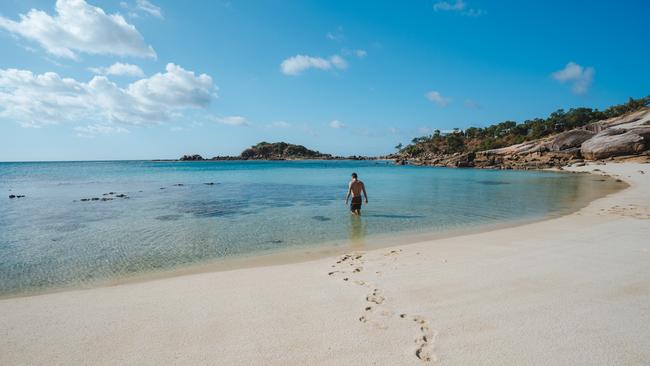
Guests who were strangers chat like old friends as we make short work of a magnum of Arras sparkling and lavish nibbles while George expertly nudges Nemo out from Anchor Bay. The rocky wildness of the island looms above us, its imposing granite cliffs wrapped in golden-hour shadows, as we bob gently to Watson’s Bay. There are 24 beaches around the 10sq km island, which punches above its weight in the history stakes.
To the Dingaal people of Northern Australia, this island is Jiigurru, a sacred place. The Dingaal have occupied the area since sea levels were so low grassy plains connected it to the mainland. The island is part of an important Dreamtime creation story, in which Jiigurru is the body of a stingray and its outlying islands the tail.
Captain James Cook named the island after the hordes of monitor lizards he saw when he came ashore in August 1770; the reptiles are still abundant. Its highest point, Cook’s Look, enabled the explorer to plot a passage through the treacherous reef.
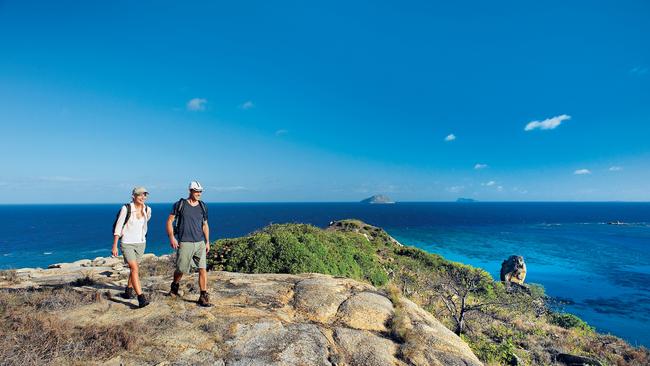
Watson’s Bay is named after Robert and Mary Watson, who started a beche-de-mer fishing operation in 1879, exporting dried sea cucumbers to Asia. There are several versions of the story of Mary’s death in 1881, and an easy walk from Lizard Island Resort across Chinaman’s Ridge takes you to the ruins of their stone cottage, a memorial to the sorry tale.
The next morning, George is at the helm again when we head out on a snorkelling tour, mooring first at Mermaid Cove. Snorkel guide Kobie keeps a close eye on us, popping up above his life ring like an aquatic meerkat to count heads. Below, I’m trying to keep a tally of the multitude of fish species. A marine biologist among us points out a juvenile harlequin sweetlips doing a mad dance. She explains that it’s mimicking toxic and unpalatable aquatic creatures to escape being chomped by predators. It’s mesmerising watching it swirl its chocolate and white “skirts” like a submarine flamenco dancer.
There are parrotfish, neons, triggerfish, angel fish, white- and black-tipped sharks and clams galore; giant ones with thick siphons poking from their velvety innards and tiny burrowing ones peeking out from their coral homes. There’s so much colour and movement I don’t know where to look next.
It’s well known climate change is a critical threat to the Great Barrier Reef. Lizard Island has suffered four coral bleaching events in just six years, a distressing statistic. The heartening news is the reef is still a vibrant wonderland. This World Heritage Area, protected by UNESCO for its unique value, including 400 types of coral, 1500 species of fish and 4000 types of mollusc, plus dugongs and turtles, deserves our protection.
That said, I almost smash into it the next day. On a turtle tour to Casuarina Beach, we’re swimming in the shallows in a fast-running tide, taking care not to let our fins touch the delicate seagrass bed, when a large green sea turtle suddenly appears beneath me, less than an arm’s length away. I freeze, unsure how to avoid a collision. The superior swimmer deftly dodges me, chomping on seagrass and unperturbed by the shockwaves my thumping heart rate is surely sending through the water.
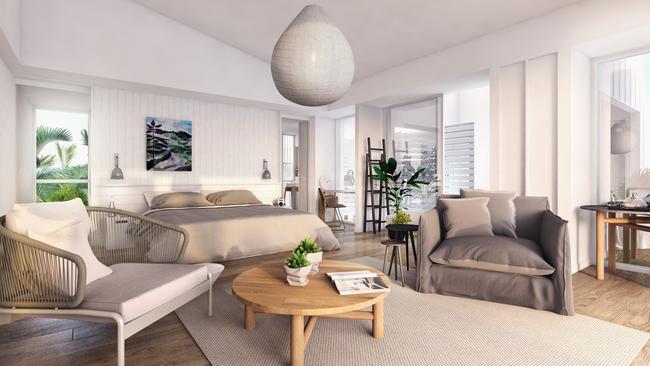
Back on dry land, time flies by. My villa deserves more lounging time than I give it, with its padded nook, comfy armchairs and an inviting beanbag on the porch, looking out to the Coral Sea. There’s a well-stocked minibar and a basket of snacks, just in case.
But how to fit it all in? There are kayaks, paddle boards, walks with naturalists, maps for self-guided hikes, a splendidly equipped gym, tennis court, pool and the five-star Essentia day spa. The treatment potions are from iKOU in the NSW Blue Mountains, another World Heritage-listed wonder. Bringing the mountains to the sea, I muse as sleep takes over during a slow, deep massage.
Befitting Lizard Island Resort’s place among the Luxury Lodges of Australia portfolio, the dining and wining at Salt Water restaurant is superb. The menu is inventive and delicious; the wine pairings generous in pours and quality. A private cellar room, tantalisingly behind glass next to the Driftwood bar, is stocked with rare tipples.
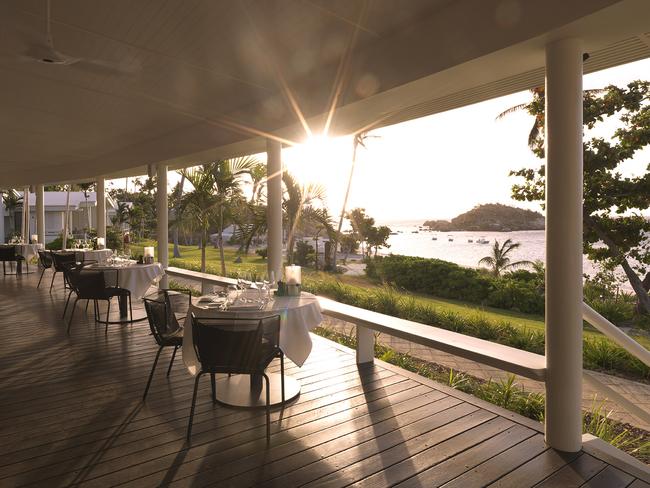
Overhead fans move the air gently around as I gaze from the dining area across the lush lawn to Anchor Bay. Is that the sea calling me to head out with a private picnic, packed and ready for a dinghy adventure to a deserted beach (after expert boatie instruction from George)? Or perhaps a private degustation dinner on the sand? There’s time for one more snorkel before the flight back to reality. A honeymoon couple is having a paddle board lesson on the calm waters of Anchor Bay. I pull on my fins and dive below. Snorkelling past the moored charter vessels, I spy a pair of bright orange and white clownfish – spine-cheeked anemonefish – in the succulent fingers of a bright pink anemone waving in the current. It’s time to leave them in peace.
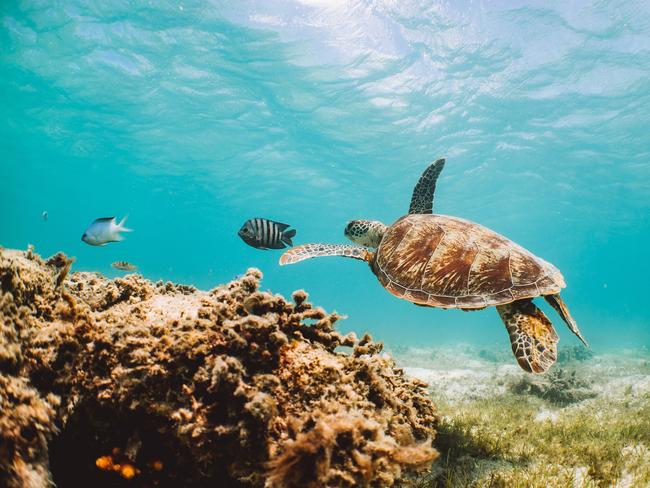
More to the story
To venture farther afield than permitted in the motorised dinghy, the magnificent MV Duyfken is available for private charter from Lizard Island Resort for up to eight people. Equipped for fishing, snorkelling and scuba diving excursions in comfort, the gleaming 51ft Riviera cruises at 20 knots, with a 28-knot maximum. It takes guests to numerous world-famous dive sites, such as the Cod Hole, where giant potato cod delight visitors. On fishing trips expect to catch tuna and sailfish on the outer reef, or mackerel and trevally on the inner reaches. If you snag an unprotected species, the chef can prepare it to your taste.
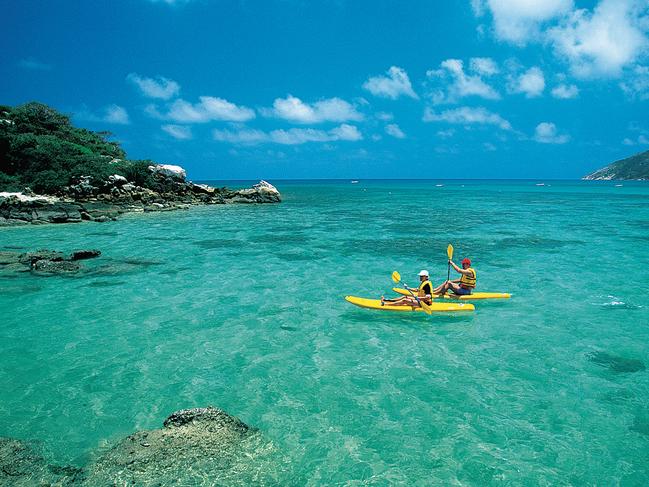
Jane Nicholls was a guest of Tourism Australia and Lizard Island Resort.
This story was originally published in May 2021 and has since been updated.

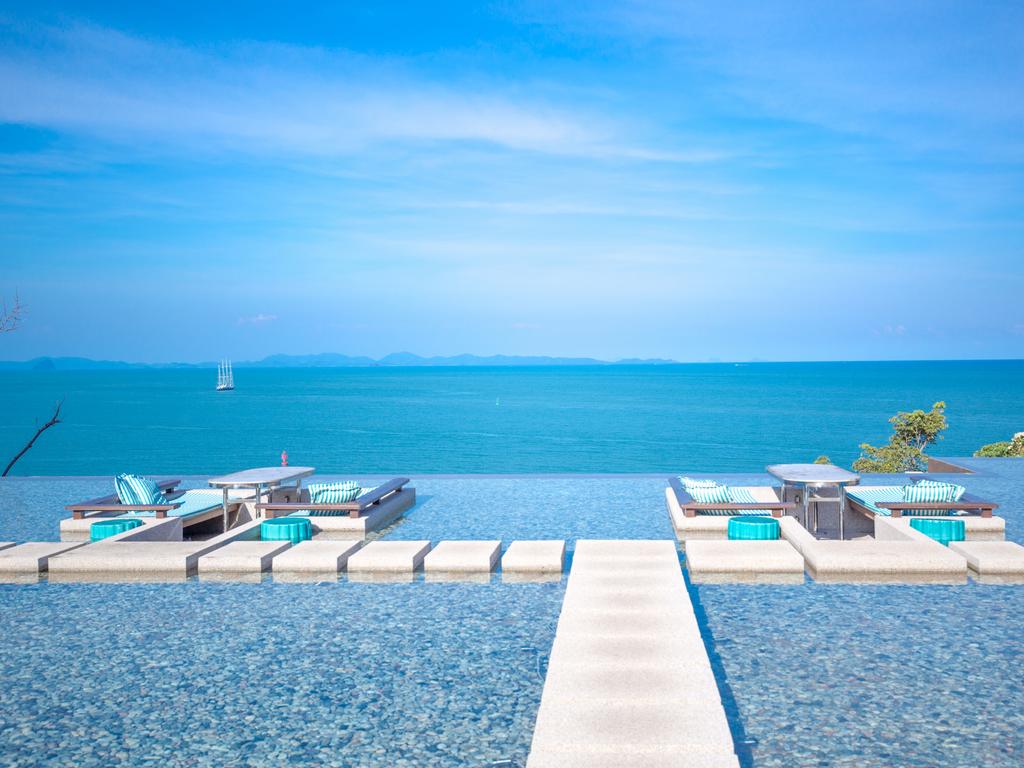
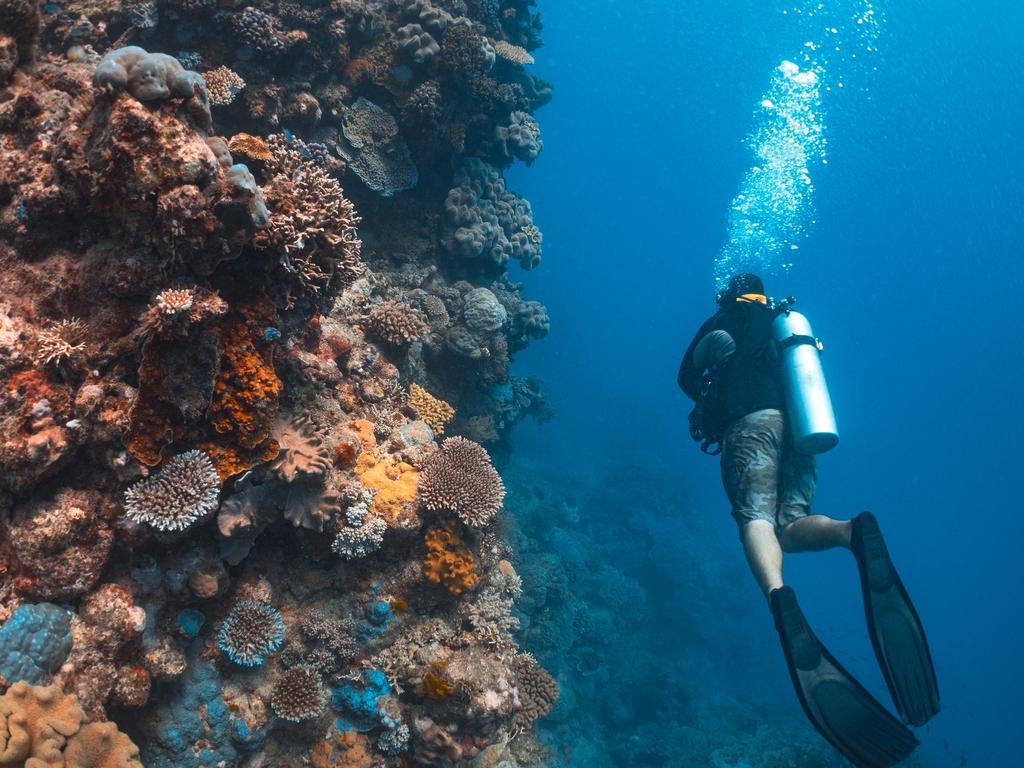


To join the conversation, please log in. Don't have an account? Register
Join the conversation, you are commenting as Logout